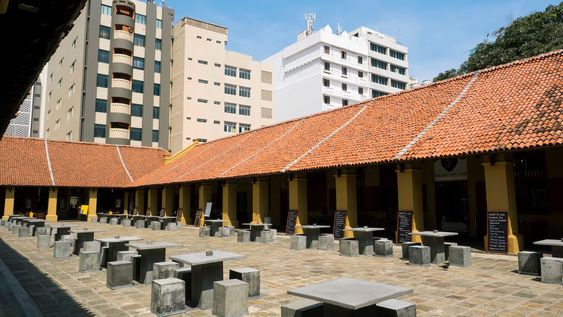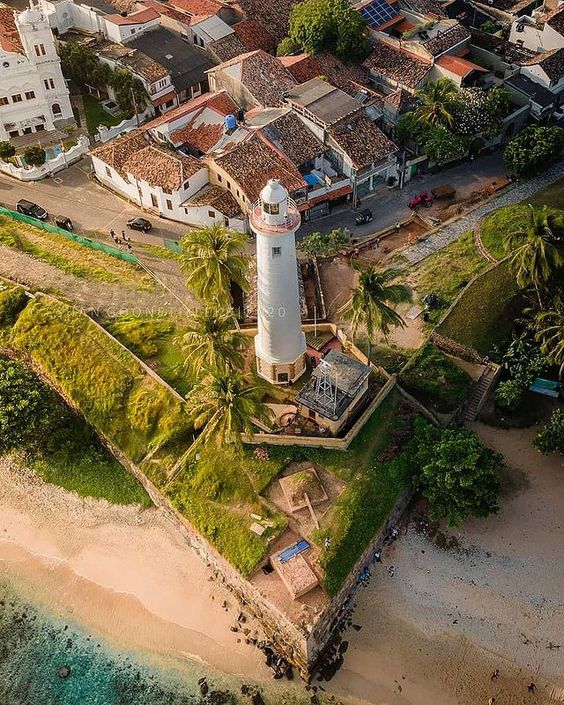Sri Lanka is embedded with a rich tapestry of history, culture, and architecture. One significant aspect of its heritage is the influence of colonial powers, namely the Dutch, Portuguese, and British, who left a permanent mark on the island nation. We embark on a journey to explore the architectural legacies of these colonial periods, finding the stories behind the magnificent structures that stand as witnesses to past eras.
Our exploration begins with the arrival of the Portuguese in the early 16th century, marking the beginning of European colonialism in Sri Lanka. The Portuguese left behind a distinct architectural style characterized by fortified structures, churches, and administrative buildings. One notable example is the Old Dutch Hospital in Colombo, originally built by the Portuguese in the 17th century and later repurposed by the Dutch. Today, it stands as a vibrant shopping and dining precinct, preserving elements of its colonial past amid modern amenities.

The next is the Dutch Legacy, the Dutch East India Company established control over coastal regions of Sri Lanka in the 17th century. Dutch colonial architecture is characterized by its pragmatic and utilitarian approach, with a focus on functionality and adaptation to tropical conditions. Galle Fort, a UNESCO World Heritage Site, exemplifies Dutch colonial architecture with its sturdy ramparts, cobblestone streets, and charming colonial-era buildings. Within the fort walls, visitors can wander through narrow alleyways lined with Dutch colonial houses, churches, and administrative buildings, each echoing the legacy of a previous era.

The most enduring and pervasive colonial influence on Sri Lankan architecture came with the arrival of the British in the early 19th century. The British brought with them a neoclassical and Victorian architectural style, which transformed the urban landscapes of major cities such as Colombo and Kandy. The British colonial legacy is perhaps most evident in Colombo’s Fort area, where grand colonial-era buildings, including the Old Parliament Building and the Cargills & Millers complex, still stand as iconic landmarks. These buildings, adorned with ornate facades, intricate detailing, and imposing columns, reflect the grandeur and power of the British Empire at its zenith.
Preservation and Heritage Conservation: In recent years, there has been a growing recognition of the importance of preserving Sri Lanka’s colonial heritage. Efforts have been made to restore and conserve colonial-era buildings, ensuring that future generations can appreciate and learn from the architectural legacy of the past.
Sri Lanka’s colonial heritage, influenced by the Dutch, Portuguese, and British periods, is deeply ingrained in the nation’s identity. From Galle’s formidable fortifications to Colombo’s graceful colonial structures, these architectural marvels embody the island’s rich history. By preserving these treasures, we honor the past and connect future generations to their legacy, bridging the gap between history and modernity.

Leave a Reply